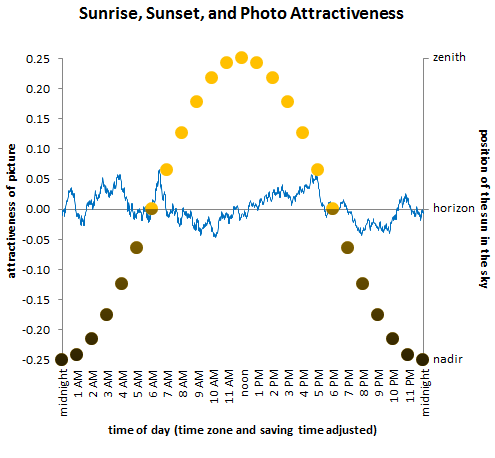I continue to see rumors that Apple will release a 7-inch iPad. The idea is that it would be closer in size to a paperback or Kindle; lighter and less expensive than the current iPad; and easier to fit in a purse.
I’m a bit scared of this vision because it means all of our apps would have to be redesigned for yet another screen size. iPhone apps already do run on the iPad, but they are awkward to use. Scaled-down iPad apps are not really an option because the touch targets would be too small. Apple could use a screen with the same number of pixels as the iPhone 4 (but bigger in size); that way, all retina-display-compatible apps would fit pixel-by-pixel on the device. Still, graphics would look too big and some interactions would still be awkward. In short, redesigning our apps would be necessary for a good user experience.
This redesign will be a lot easier than porting apps from the Mac to the iPad. Still, for the sake of my own sanity, I hope Apple waits a while before introducing the next screen size.
Update: On the other hand, most of our existing Mac apps have to be designed to work well at any screen resolution between the 13″ MacBook and the 30″ Cinema Display. From this point of view, having to support just two discrete iPad sizes should be comparatively easy.
Update 2: Steve Jobs just criticized the 7-inch form factor.

